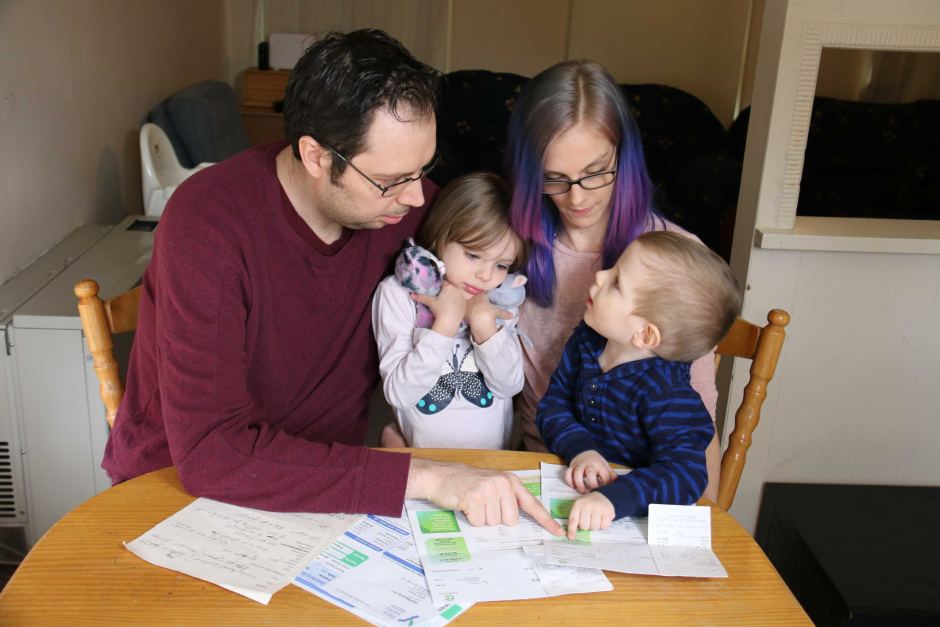The number of debt-laden Australian households is soaring as people push their finances to the brink, alarming new figures have revealed.
Rising property prices have resulted in mortgage customers taking on fatter loans, which, combined with an increased appetite for credit cards, is being blamed for the growth in cash-strapped Aussie households, news.com.au reported.
The Australian Bureau of Statistics Household Income, Wealth and Expenditure Survey has found the average amount of debt has almost doubled in the past 12 years—from $94,100 in 2003-04 to $168,600 in 2015-16. Most of this is accounted for by property debt.
The research was collated after 18,000 Australians were quizzed on their household income and debt levels in the 2015/16 financial year.
The report found 29%, or the equivalent of 2.9 million households, were classed as “over-indebted” in terms of their debt-to-income ratio or debt-to-asset ratio. This was up from 21% in 2003-04.
While three quarters of Australian households have debts, the most common form of debt was credit cards—plastic debt was held by 55% of the population. This was followed by home loans (34%) and student loans (17%). And the most likely to be indebted are those paying off a home loan (47%) and households with a person aged 25-34 (33%) or 35-44 (34%.)
Households with a person aged 65 or over, or those who owned their house outright or rented, as well as Aussies relying on a government pension, were least likely to be over-indebted.
The cities where more households were carrying too much debt included Darwin (32% of the population), followed by Perth (27%). However Sydney and Melbourne had more amounts of over-indebted people (407,000 and 419,600 respectively) making up a combined 43% of households.
Younger households (25 to 34) also had higher rates of over-indebtedness—62% were over-indebted and owed about $440,000 in property debts. Meanwhile Aussies aged 35 to 44 had 51% over-indebted and owed a whopping $546,800 in property loans.
Wealthy Over-Indebted
But ABS chief economist Bruce Hockman warned that the wealthier Australians were also putting themselves under financial pressure. “Nearly half of our most wealthy households (47%) who have a property debt are over-indebted, holding an average property debt of $924,000,’’ he said in an issued statement.
“This makes them particularly susceptible if market conditions or household economic circumstances change.”
Meanwhile, new figures released by the ABS show that in the four years between 2003/04 and 2007/08, the average weekly household income grew by $274 to $982, but in the subsequent eight years to 2015/16 it grew by only $27 to $1009 in inflation adjusted terms.
In its two-yearly survey of income and housing, the ABS found average household wealth increased 11% between 2013/15 and in 2015/16 to $929,400, largely as a result of rising property values.
The rapidly rising cost of essentials like housing, energy and education is pushing households deeper into debt, ABS warned. The 2015-16 Household Expenditure Survey shows the average family spent about $1,425 a week—$190 more than six years earlier.
The largest weekly expense for families was housing—such as rents and mortgages—followed by food and then transport. However, the amount spent on power and energy had jumped 26% since 2009-10—an increase of 11% in real terms.
Less or More Inequality?
Income inequality has dropped slightly in Australia, largely driven by a fall in incomes for the richest 20% of the population, according to ABS survey.
The richest 20% of the population have seen their real disposable incomes (adjusted for the number of people living in the household) fall by nearly 5%, or close to A$100 ($80.42) per week. Most other households have seen no real increase in their incomes over the two years since the previous survey was released.
"Our recent public debate over whether inequality is rising or falling ran into the problem that the two most important sources of data were showing different trends. The ABS survey continues to show a higher level of income inequality than the HILDA survey, but the latest trends now look more similar."
Possibly the best characterization of the latest ABS figures is that they show inequality remains higher than at any period before 2007-08, but in the short term it is unclear what to expect.


